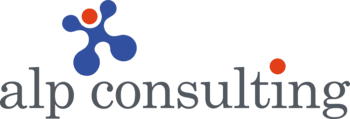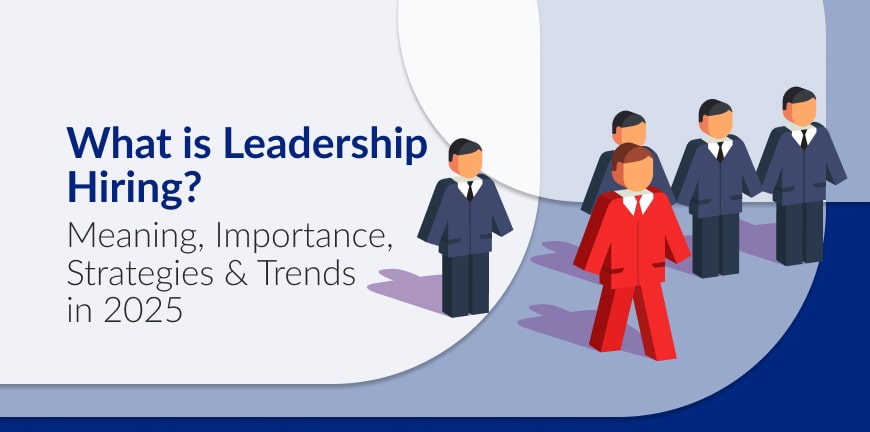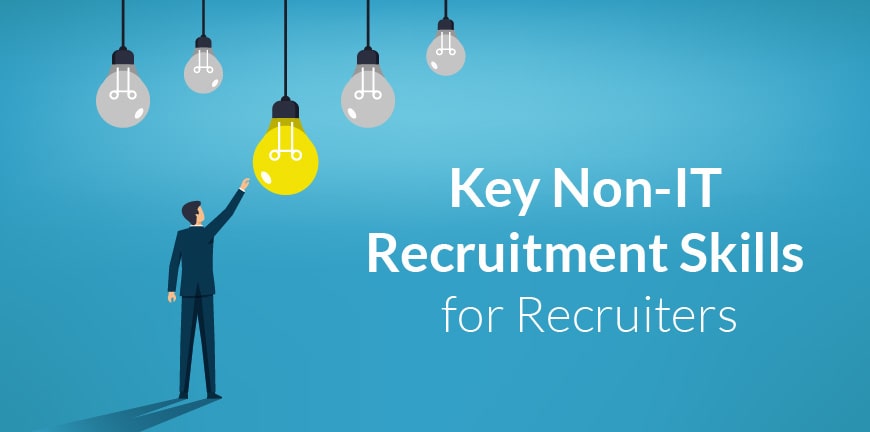
What are HR Shared Services? Definition, Benefits, Functions, Steps
23/05/2025
What Is Industrial Licensing? Definition, Importance & Types
23/05/2025- Introduction
- What is Leadership Hiring? Meaning &Definition
- Why is Leadership Hiring Important?
- What are the Key Strategies and Best Practices?
- Which Roles are Filled through Leadership Hiring?
- What are the Challenges in Leadership Hiring?
- What are the Leadership Hiring Trends?
- Are you looking for a Recruitment Partner?
- Frequently Asked Questions (FAQs)
Introduction
Choosing the right leaders in the modern era of work landscape is a critical task, and a formidable leader is one who not only drives the growth and success journey of an organization but also inspires, shapes, fosters a rich work culture, and builds a robust team.
Recruiting leaders is not just about filling up high-level positions but ensuring to identify the gems who, along with their sharp intellect, are also quality fits for a company culture and objectives, converting company goals into shared achievements.
What is Leadership Hiring? Meaning &Definition
Leadership hiring is a type of recruitment method where skilled professionals are hired for senior positions. These roles are critical in businesses as they craft business strategies, steer growth, manage teams, and sometimes run business units. The process entails identifying individuals with extensive expertise, experience, a strong track record of leadership abilities, and success.
Why is Leadership Hiring Important?
A leadership hiring process is essential for fuelling the growth and success of a company as the future leaders shape crucial business strategies, nurture a positive work landscape, and inspire teams to align endeavours with objectives. Strong leadership cultivates an environment of creativity and innovation, leading to a culmination of the latest ideas and solutions.
A good leader will contribute to engaging employees as they will be satisfied with the pleasant work culture and the appreciation and recognition rewarded to them by their top management. Sturdy leadership can also help businesses adapt to fluctuating market scenarios, enabling them to tread ahead.
What are the Key Strategies and Best Practices?
There are several pivotal leadership hiring strategies transforming the way an organization functions.
1. Define Leadership Requirements
A recruiter or HR manager, while choosing individuals for leadership roles, must present a clear picture underscoring the skills, experience, and qualities required for the position. You need to look beyond basic qualifications and delve into a candidate’s vision, ability to think strategically, their communication and collaboration skills, adaptability level, and emotional intelligence aspects. Another significant factor is to consider if they will align culturally with the organization’s culture and mission.
2. Robust Employer Brand
Individuals who are seeking leadership roles are interested in a company image entailing their cultural values, goals, etc. Enterprises must promote their brands by highlighting the traditions, mission, testimonials, and achievements to draw the attention of skilled professionals.
They must encourage and empower employees to be brand advocates, as people are attracted when they hear about an organization from the horse’s mouth. Organizations must highlight their commitment to diversity and inclusivity in their workplace through social media platforms.
3. Build Talent Pool
Organizations must focus on creating a strong talent pipeline of potential candidates who are suitable for leadership roles in the future. Several passive candidates in the market are seeking the right opportunities, Businesses can engage these candidates as they might show interest in their work culture and prospects. Another productive way is to use employee referrals and encourage current employees to recommend candidates with leadership potential.
4. Streamline the Recruitment Process
Organizations must keep the recruitment process short and crisp, as top talent may not wait too long and go to competitors. To save time, a streamlined process is necessary, which an organization can initiate by leveraging tools like Applicant Tracking Systems (ATS) and others.
They must involve important stakeholders a part of the strategies and decision-making procedure, ensuring the correct candidates are selected for leadership positions.
5. Structured Interviewing Process
It is imperative for companies to design a sturdy interview process, setting standards, as top candidates can gauge a company’s image by the initial interview process. Organizations can utilize the method of behavioural interviews to evaluate the skills and experiences of a candidate.
They can also analyse how a candidate can be a true leader and if they possess the ability to lead, motivate, and collaborate. Another significant aspect is a meticulously crafted onboarding program, with the help of which new leaders can smoothly transition into roles and pick up the pace.
There must be continuous programs developed to offer training and guidance to enable new leaders to progress.
6. Diversity and Inclusion
Nurturing a diverse and inclusive process must be a priority for organizations to attract skilled leaders. There must be an environment created where people from diverse backgrounds, experiences are actively recruited.
Advocating inclusivity is not a trend but a regular norm that organizations must integrate into their hiring systems to make candidates feel valued, acknowledged, and appreciated. Instilling inclusivity in every step of the recruitment process, an organization, apart from drawing a diverse talent pool, also builds a reputation for potential talent to show interest.
7. Assess Recruitment Metrics
The effectiveness of a hiring process can be measured by regularly monitoring the vital metrics like time taken for recruitment, the cost required to hire individuals, and employee retention rates. Analysing these aspects enables employers to identify areas that require improvement and where the strategies need to be optimized.
The other areas that can be analysed are the performance of an employee, their level of engagement, and how they align culturally with a company. Then there are mechanisms developed, like surveys, feedback, to evaluate candidates’ perceptions of the recruitment process.
Which Roles are Filled through Leadership Hiring?
The most significant leadership hiring tip is to recruit individuals who can not only lead teams but also carve visions and motivate them to reach the pinnacle of success. Some of the critical roles filled through leadership hiring are C-suite roles like COO, CFO, CEO, CTO, directors, General Managers, Vice presidents, department heads, and other high-octane leadership positions. These roles help organizations with strategic decision-making and drive them towards long-term progress.
What are the Challenges in Leadership Hiring?
There are various challenges in leadership hiring. As the leadership roles directly impact an organization’s success, there are unique factors that can make choosing the right leader complicated. Let us explore some of the challenges:
1. Restricted Talent Pool
The number of individuals for leadership roles is limited as they need to possess specialized experiences, top-level leadership qualities, and industry expertise. The availability of such talents is small. Recruiters often grapple to identify and attract such high-quality talent requires extensive networking and aggressive headhunting.
2. Complex Roles and Expectations
Leadership roles are usually very demanding and come with lofty expectations. An individual with a diverse skill set who also has qualities like the ability to think strategically, is emotionally intelligent, is a key player when it comes to crisis management, and is an efficient and impactful team leader.
It becomes quite a task for recruiters and HR managers to find individuals meeting all these criteria and adapting to organizational challenges.
3. Cultural Alignment Aspect
A qualified professional can sometimes not fit culturally into an organization. Individuals who are selected for leadership roles must also be a great cultural fit, which is often not the case. It becomes critical for recruiters to assess the values and cultural background leadership styles of candidates and organizations, and gain in-depth knowledge before considering placing them in a particular company.
4. Confidentiality and Discretion
Discretion is a critical aspect of conducting a leadership recruitment process. There may be sensitive situations where an individual is being replaced by an executive who is leaving an organization.
Then there may be situations where recruiters must approach leaders currently working with competitors. There must be an elevated level of confidentiality that is required to be maintained in these cases, and they must be calculated steps taken and carefully managed to safeguard the company’s image, avoid operational disruptions, and respect the privacy of all parties.
5. Lengthy Hiring process
Leadership hiring often gets tedious as it can be extremely time-consuming with he level of extensive scrutiny and screening, background checks of candidates can take months to complete. There can be numerous interview rounds, a series of reference checks, followed by hefty weight negotiations.
The process can adversely impact the sentiment of the candidate and disrupt company operations. This problem is a streamlined, seamless hiring process to be created, catering to the demands of the candidate and the organization.
6. High Risks and Bad Hires
An error in judgment in terms of hiring leaders can lead to irrevocable consequences. Leadership positions are powerful and authoritative, having direct influence on company culture, strategies, along with employee engagement and financial conduct.
A bad leadership hire can dampen years of productivity and success and can be regressive for a company. A weak leader lacking vision will generate unproductive and contradictory priorities. They can cause misallocation of resources and might mislead a team and undermine growth plans.
What are the Leadership Hiring Trends?
Here are a few key leadership hiring trends to watch out:
1. Collaboration and Adjustability
The rapid evolution of work landscapes has led to adaptability being one of the most significant characteristics of a perfect leader. Their skills to seamlessly communicate, collaborate, and manage situations, especially in hybrid and remote work modes, are essential.
They must have been well-versed in digital communication to propel and nurture teams across locations, maintaining a coherent work culture and keeping productivity intact. Essential leadership qualities in today’s context include authenticity, a sense of flexibility, and empathy.
2. AI-Powered Leadership
The adoption of AI and its widespread usage in all sectors have created a spike in demand for leaders who are tech and AI savvy. This year has also witnessed a rise in leadership roles in the AI industry compared to the last fiscal year.
Organizations are significantly demanding professionals who can incorporate AI in strategic decision-making processes and foster innovation while driving businesses towards success.
3. Skills over Background
The notable shift towards skills-based recruitment is prevalent when it comes to leadership hiring and, unlike traditional methods, priority is given to specialized competencies and experiences over degrees and past titles. This approach focuses on recruiting leaders who have practical knowledge, problem-solving abilities, and the required expertise.
4. Interim Leadership Roles
There is a sudden rise in interim or fractional executives as organizations are trying to strike a balance between cost and expertise. They are resorting to hiring managers and executives who have expertise in specific areas and contribute on a part-time or project basis, enabling them to address issues without any long-term commitment or consequences.
This new trend provides flexibility for companies and the hires, along with offering access to a wider talent pool.
5. Inclusivity and Diversity
There is a surge in the trend where organizations are recruiting diverse individuals from a broader talent pool. The emphasis is more on transparency and inclusivity in the leadership hiring method, and companies are adopting practices to cultivate equitable leadership scopes.
There is no room for biases, and individuals from any background, race, or culture are considered for leadership roles if they align with the company’s culture and goals.
Are you looking for a Recruitment Partner?
Searching for a reliable and proficient recruitment partner can be tedious. If you are seeking to collaborate with an efficient partner, connect with us at Alp Consulting. We have a resilient team that will assist you with your entire recruitment process from identifying candidates, screening the,m to the onboarding procedures.
We also specialise in leadership hiring and can help you with hiring the best leaders from our large talent pool built through extensive research and networking.
Frequently Asked Questions (FAQs)
1. What is the meaning of leadership hiring?
Leadership hiring is a recruitment process where individuals are hired for top-tier job positions.
2. How is leadership hiring different from regular recruitment?
Leadership hiring focuses on recruiting individuals who possess leadership qualities with the potential to run a team and contribute strategically. While regular recruitment is hiring for specific roles.
3. What roles are filled through leadership hiring?
Leadership hiring fills top management level roles like those of CEO, CFO, and Directors. Senior managers, etc.
4. How long does the leadership hiring process take?
Leadership hiring is a lengthy process and might take as long as a month or several weeks. The duration also depends on the type of role, industry, number of candidates, etc.
5. What is the difference between executive search and leadership hiring?
A specialized method of recruitment catering to hiring top-level executives is called executive search. These individuals are not often actively seeking job roles. Leadership hiring includes the procedure of hiring, onboarding candidates into leadership posts.
6. What is the role of succession planning in leadership hiring?
Succession planning in leadership hiring is a seamless transition of candidates into leadership roles after identifying potential individuals in the team, with leadership traits.
Contact Us For Business Enquiry

Amit Saproo
Amit Saproo is the Head of Operations at ALP Consulting with nearly 17 years of experience in Executive Search, RPO, Leadership, and IT & Engineering recruitment. He leads nationwide recruitment programs across Technology, BFSI, and R&D domains, driving strategic hiring solutions for diverse client needs. Amit excels in building and managing high-performance teams that deliver scalable, end-to-end recruitment and consulting services.




